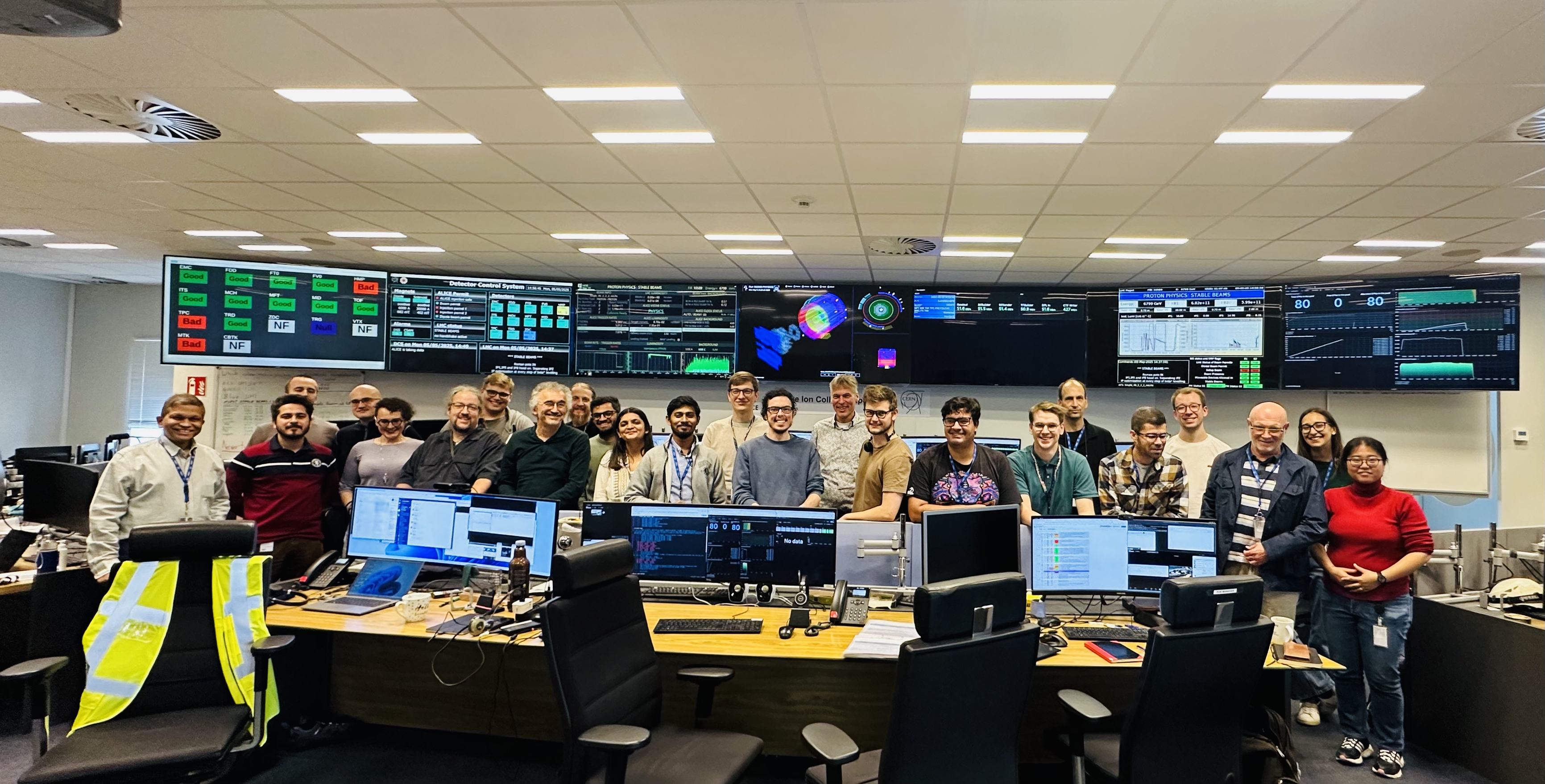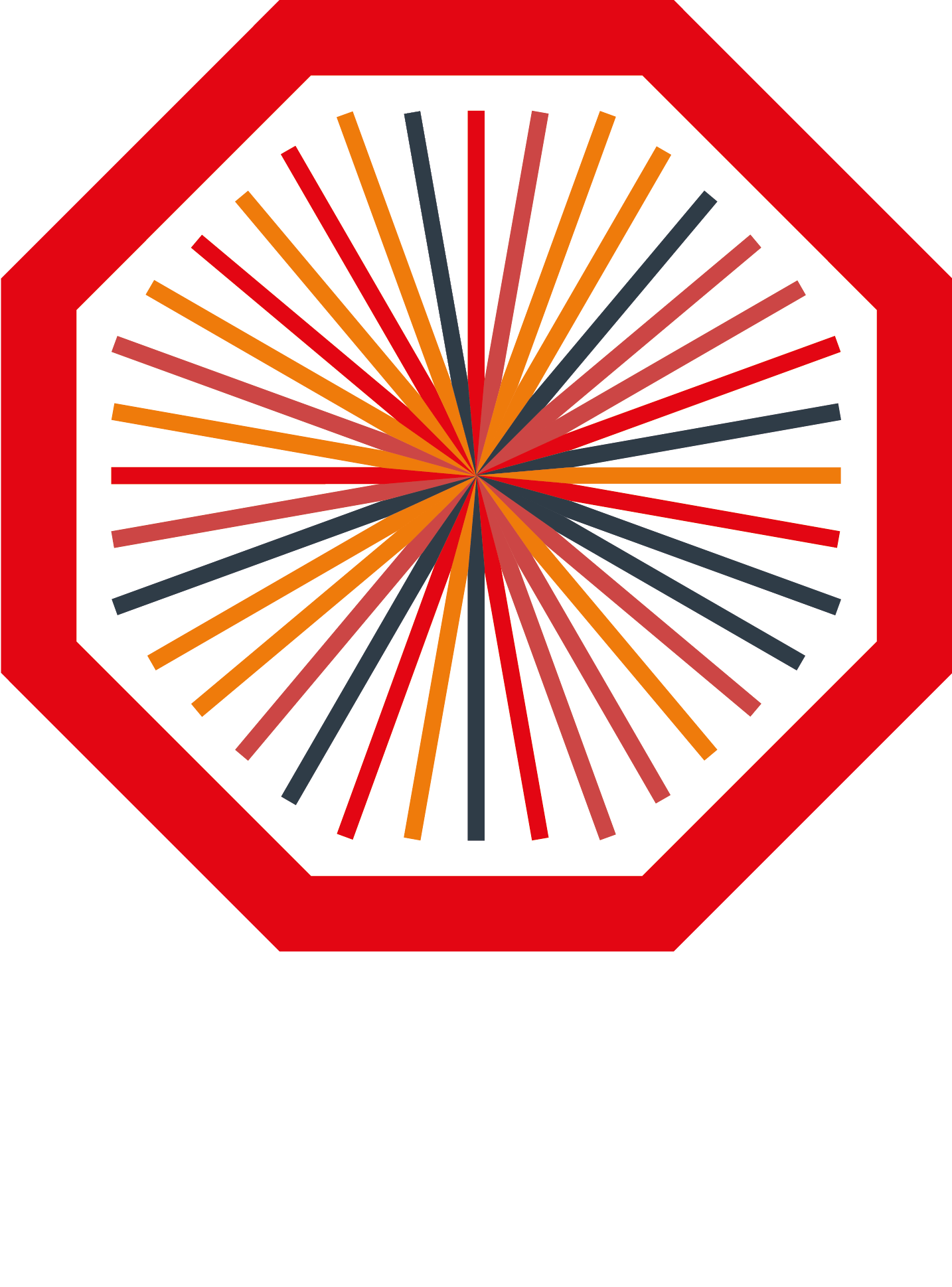
5 May 2025
CERN news: And they’re off! The 2025 LHC physics season gets underway
“Stable" particle beams are back in the LHC machine, marking the start of the 2025 physics data-taking campaign
On 5 May 2025 at 13h51, the engineer in charge of the LHC at the CERN Control Centre announced that stable beams had returned to the Large Hadron Collider (LHC), marking the start of the 2025 physics data-taking campaign, the fourth year of the LHC's third operating period (Run 3*).
In 2024, ALICE has almost tripled its pp data set and doubled the Pb-Pb data sample compared to the previous year. The design collision rate of Pb-Pb at 50 kHz was achieved for the first time.
During the YETS, maintenance and small repairs were carried out on several detector systems and infrastructure elements in ALICE. The largest single project was the refurbishment of the cavern crane, which was completed during the YETS. A water leak in a magnet cooling system was also repaired. On the detector systems, a cooling leak was repaired in the field cage cooling system of the Time Projection Chamber, chamber replacements on the muon spectrometer, and cooling circuits in several electronic crates of the Time-of-Flight system were unclogged. For the Inner Tracking System, a new low-voltage power connection scheme was implemented. For the other detectors, EMCal, TRD, and FDD, checks and minor repairs were also performed. In addition, stability enhancements were implemented in the data acquisition farm to further improve the data recording performance.
With over 98% of experimental shifts already booked, ALICE is fully prepared for the upcoming runs with proton, oxygen, and lead beams.
